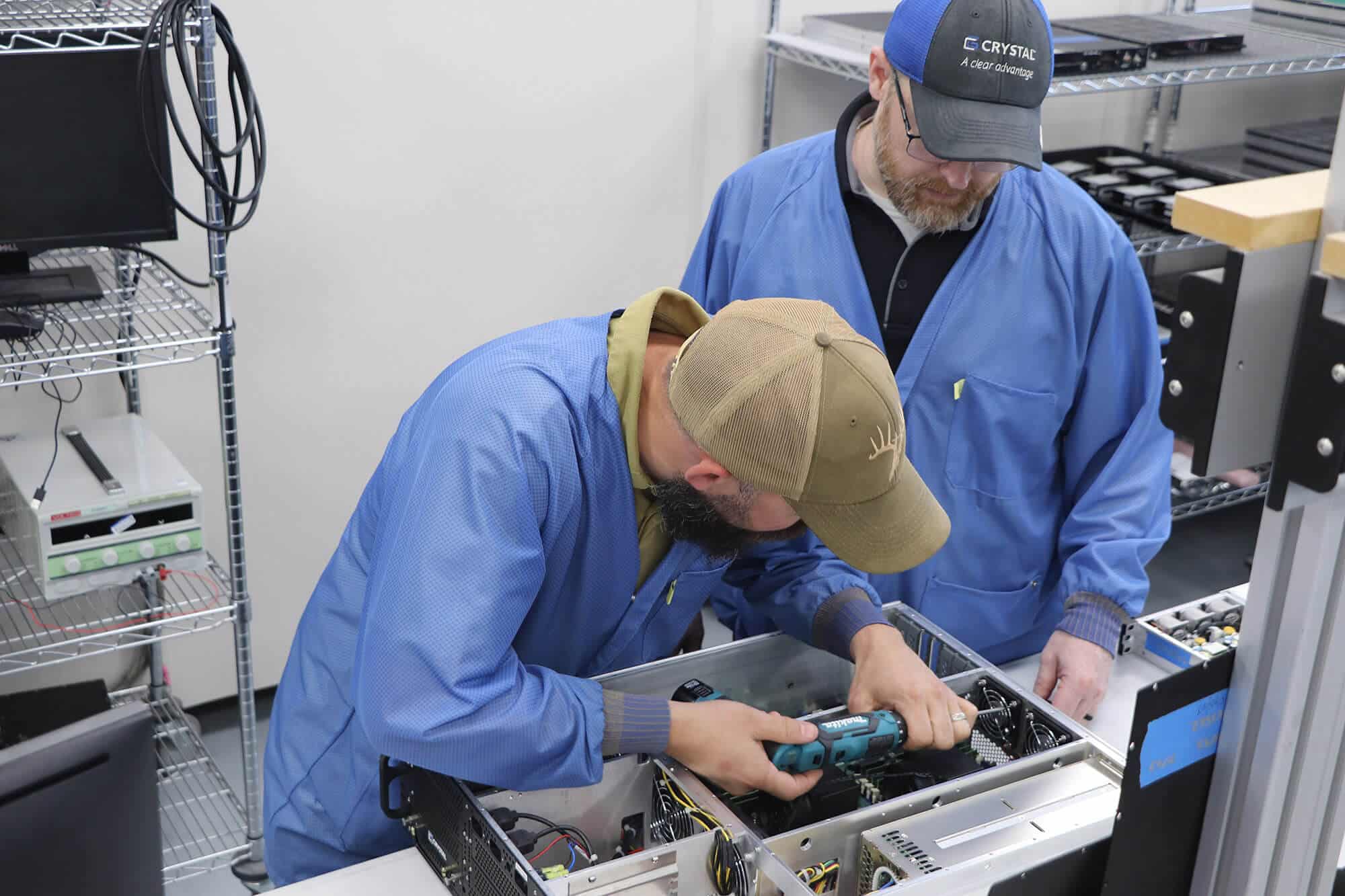When purchasing high reliability computing hardware, some buyers may only look at the initial purchase price of the unit without considering the total cost of ownership (TCO).
Beyond the initial cost of the unit there are hard and soft costs to consider. The hard costs associated with computing equipment are easy to recognize. Hidden soft costs, such as application downtime, system maintenance, and recertification have a significant, and often overlooked, impact on TCO. These costs can be the determining factor when considering a computing appliance.
Although not all applications require rugged or high reliability computing; the configurations for which it is appropriate may incur higher initial costs than standard non-rugged off the shelf hardware. This difference reflects the contrast in components selected and materials used in the build of a high reliability, high availability, rugged system. Being resistant to the elements is a key factor in any edge application.
Actual costs associated with rugged computing
One of the largest, most unexpected costs of ownership is failure to manage the commercial technology in configurations where change provides unnecessary challenges for the customer. Software certifications, classifications, safety standards, and system verification costs can overshadow the initial hardware expenditure.
The length of time the equipment is deployed in the field, along with the uptime it provides during its life cycle, determines the hardware’s value. Downtime has a domino effect that can impact not only the application, but productivity and customer satisfaction.
Rugged commercial off-the-shelf (COTS) computing hardware is designed to withstand the harshest of environments for extended durations. The failure rates are much lower than those of non-ruggedized, or semi-ruggedized units, but may have a higher initial cost. The most cost-effective solution looks beyond the initial costs and considers the total costs over the life of the system.
When purchasing rugged computing hardware, it is important to examine the manufacturer’s expected reliability, their warranty time frame, configuration management program, and technical support capability. All these factors will keep your equipment running in the field for much longer, while tempering concerns about downtime and other soft costs associated with the unit.

The most influential parameters associated with TCO analysis include field failure rates, the initial cost, the cost of down-time, time between updates, system criticality and certification costs. Rugged systems typically have half the failure rate of non-rugged systems in the same harsh environments.
It makes sense to buy non-rugged hardware when the system is frequently upgraded, the certification costs are low, the criticality of the system is low, and the cost difference between rugged and non-rugged is very high. If these factors are not significant for your application, purchasing rugged hardware will offer you a much better TCO in as little as two years.
Stay tuned for part two of this blog series to learn more about how configuration management impacts total cost of ownership.